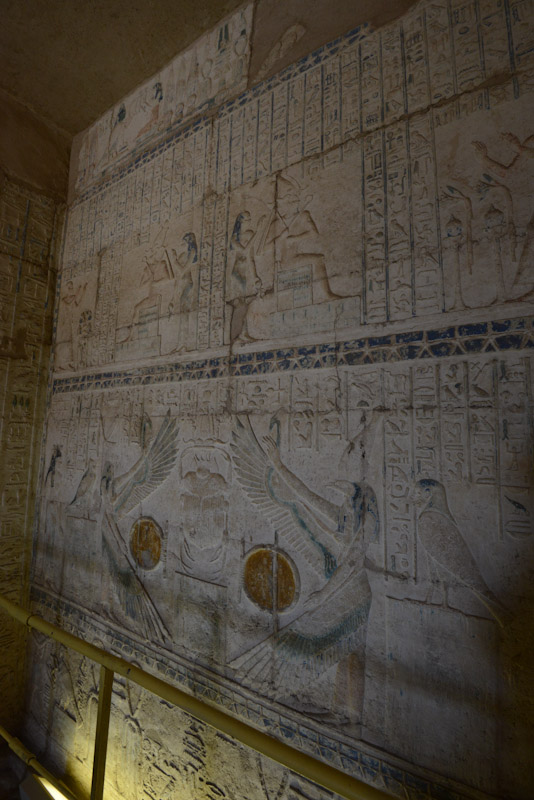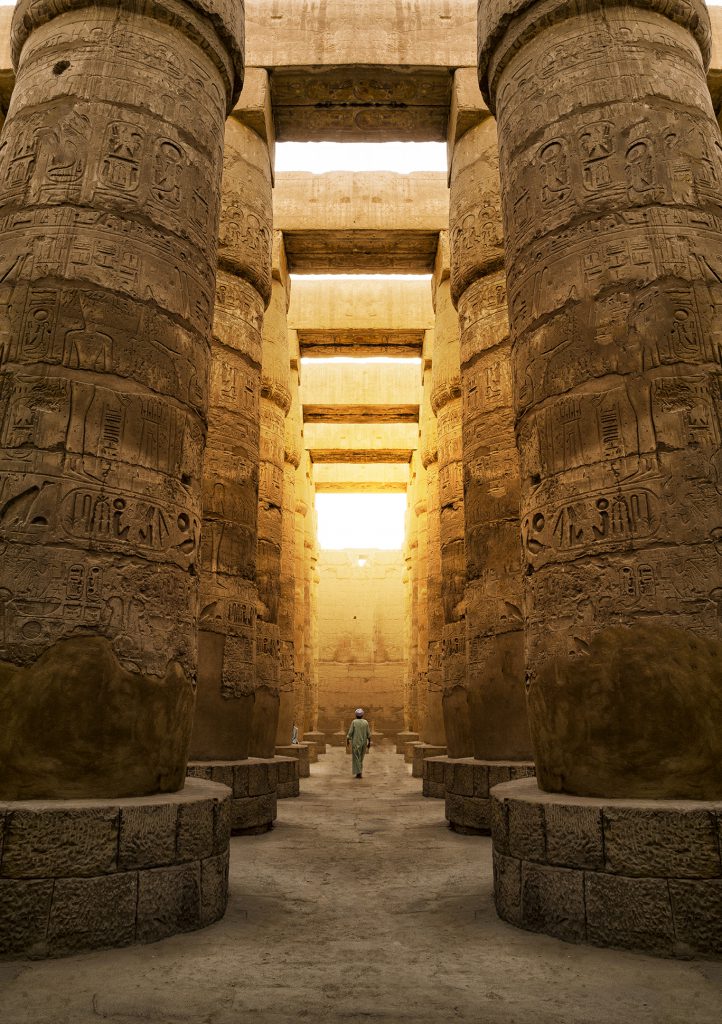Egypt information/Vacations in Egypt/Holidays in Egypt
Geography
The area of the Arab Republic of Egypt is more than 1,000,000 km². Its borders stretch from the Mediterranean in the North, where the Nile meets the sea, to the borders of Sudan, Libya and over the Sinai Peninsula to the borders of Israel, Jordan and Saudi Arabia. The Nile -the world’s longest river 6,600 km- has created through tens of thousands of years, a fantastic fertile landscape on its banks where approximately 95 % of Egypt’s population lives.
History
Remains dating from the Egyptian Paleolithic period are some of the oldest in the world, but definitely it is the Pharaonic era that made Egypt famous and unique.
Egypt, or Kemet as it was called in Pharaonic time, was unified around 3000 B.C. The Old Kingdom, or the Pyramid Age, lasted from 2650 – 2200 B.C., and during this period most of Egypt’s 90 pyramids were built.
During the Middle Kingdom (2000 – 1700 B.C.) an empire stretching from South Sudan to Iraq and further. This colonization caused an invasion from the east by the Hyksos, who ruled Egypt from 1700-1550 B.C. Introducing the horse and carriage concept that Egyptians learned to master.
The pharaohs of the New Kingdom 1550 – 1000 B.C. ruled from Luxor in the south where you can find their exquisite tombs in the Valley of the Kings and the ” Pharaonic ” Vatican, The Temple of Karnak.
In 332 B.C. Alexander the Great came to Egypt starting the Greek Ptolemaic Era. The Romans and later Byzantium took over after winning the battle of Actium in 30 B.C. Later on, Cleopatra VII committed suicide – using snakebite, which lead the holy family to flee Egypt. St Marc came to Christianize the Egyptians, leaving behind one of the first Christian communities in the world, the Coptic Church.
In 642 A.D. the Arabs overruled Egypt. During the following hundreds of years Cairo and Egypt was alternately controlled from Damascus, Baghdad and from different clans like the Tulunfamily, the Fatimides, the Ayoub family and the Mamelouks.
By 1517, Egypt became a part of the Ottoman Empire until the invasion of Napoleon in 1798.
From 1805 begins modern Egyptian history under the reign of the Mohamed Ali family. Cotton was being cultivated, railroads and the Suez Canal were built, and modernization struck Egypt. In 1952 Farouk the last king of Egypt, was overthrown in the revolution led by Gamal Abd El Nasser.
By coming to Egypt, you will hear more about Cheops, Ramses, Saladin, Nefertiti, Sadat and Amon personalities!
Clothing
Egypt has a long summer, from mid – march until the beginning of December with temperatures during daytime between 25° and 40° C. Daytime temperatures during winter vary between 15 and 28 degrees. During night, temperatures sink very fast, in the winter sometimes under 10°. Temperatures in Upper Egypt (south) are usually 5°C higher than Cairo and the rest of the north of Egypt. Given the climate change there are changes that have affected Egypt as has affected the rest of the world.
Language
Arabic is the Official Language, while English, French and German are widely spoken by educated classes.
Egyptian Food
Egyptian food is very rich, heavy and tasty, the Egyptians eat a substantial amount
of bread and drink too much water with their meals.
Typical Egyptian bread is made of leavened wheat flour in hollow round flat
loaves. In rural areas, bread is made of unleavened maize flour.
Egyptians are mostly rice eaters, although pasta often appears in their
meals. In the average Egyptian home breakfast is substantial meal consisting of
more than one of the following items.
Foul Medamis(Baked Beans), Gibna Beida (White soft cheese), Eggs
(Beid), Pasterma (Cored Beef ), Halawa (Sweet Sesame Cake), Jam (Meraba) or
honey (Assal Abyad) and tea (Shai) or Coffee (Qahwa).
In the country side breakfast sometimes includes, Fitir Messhaltet (A very rich
wheat flour pie, served with either sour cheese or honey).
Currency
The Egyptian pound (LE) is the official currency. One LE consists of 100 piasters. Bills of the Egyptian pounds are of 1, 5, 10, 20, 50, 100 and 200 bill notes and there are also ¼ and 15 pounds but are rarely used. For daily current exchange rate, please visit: Today’s Exchange Rate.
There are banks in all five star hotels, as well as in the city centers (many of which are open 24-hours a day).
Population
The population of approximately 84,934 million people, concentrated along the Nile, on 5% of Egypt’s total area. 20 million people live in Cairo and its suburbs. Other large cities are Alexandria, Mansoura, Tanta, Zagazig, Ismailia, Suez, Port Said, Aswan and Luxor.
Religion
Around 80% are Muslims and approximately 15% are Coptic Christians.
Voltage
The voltage is always 220 V in all tourist establishments.



